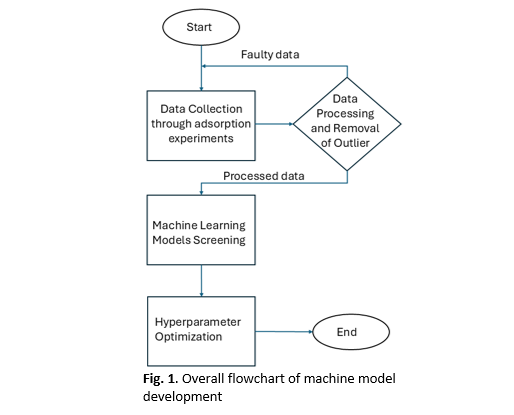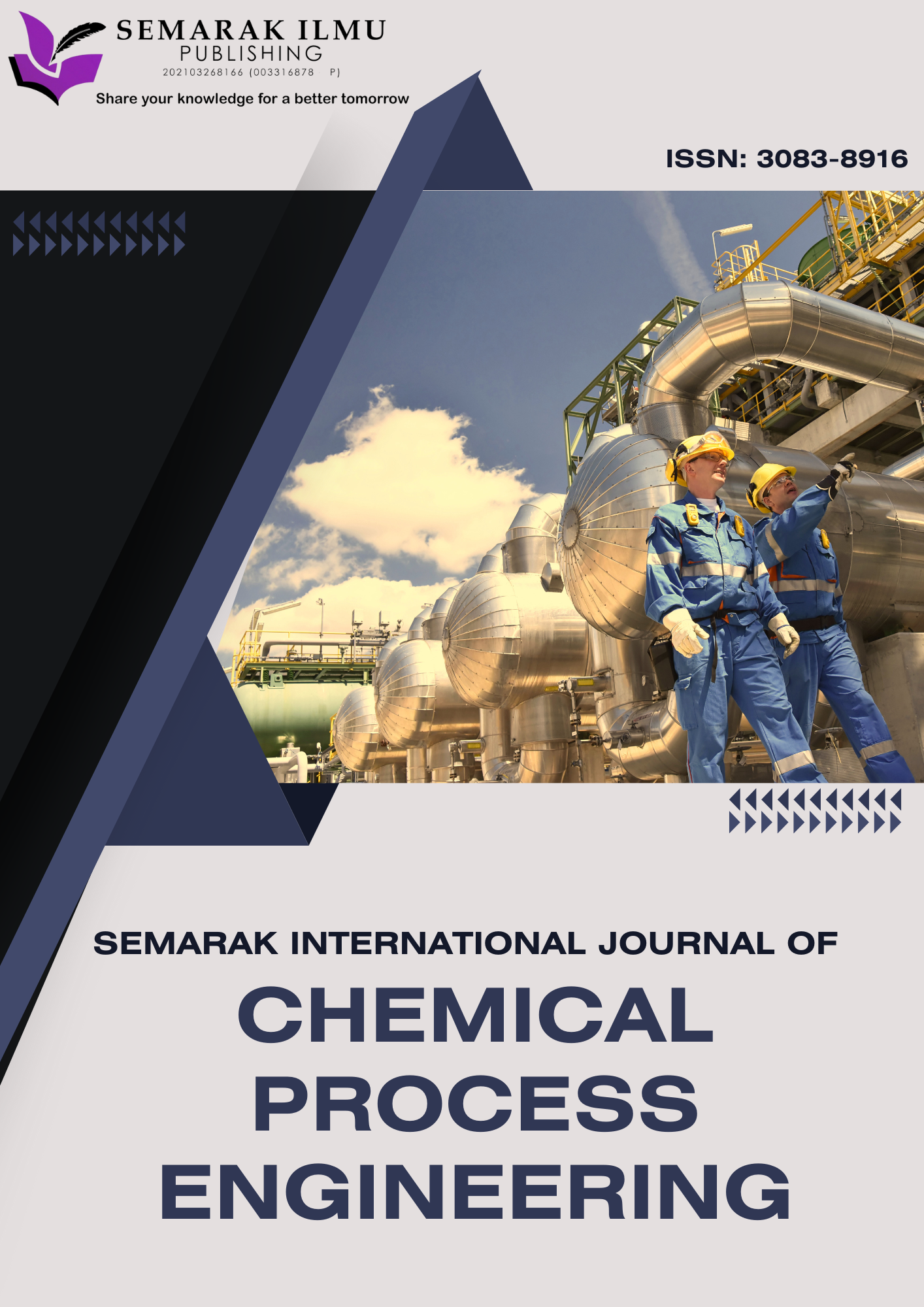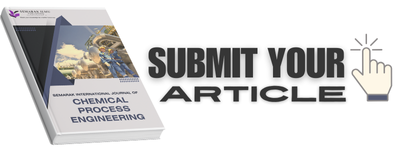Supervise Machine Learning Model to Predict Mercury Adsorption of Inverse Vulcanized Copolymer
DOI:
https://doi.org/10.37934/sijcpe.4.1.19Keywords:
Inverse vulcanized copolymers, machine learning, GPR, supervise learning, modellingAbstract
This study proposes a novel approach for improving mercury adsorption predictions using Gaussian Process Regression (GPR), a supervised machine learning technique. By leveraging experimental data on mercury adsorption, including key parameters such as initial mercury concentration, adsorption time, and pH of wastewater, a GPR model was developed to predict mercury removal efficiency. The optimization of hyperparameters, such as the choice of kernel functions and sigma values, was carried out to improve the model’s predictive accuracy. The model achieved high performance, with R² values of 0.90 for training and test datasets. Additionally, a comprehensive hyperparameter optimization process led to an optimized model with R² values of 0.98 and a low mean square error, demonstrating the model's potential for practical, scalable applications in wastewater treatment. This study highlights the promising role of machine learning in enhancing environmental remediation technologies, offering a more efficient and cost-effective alternative for mercury removal.









